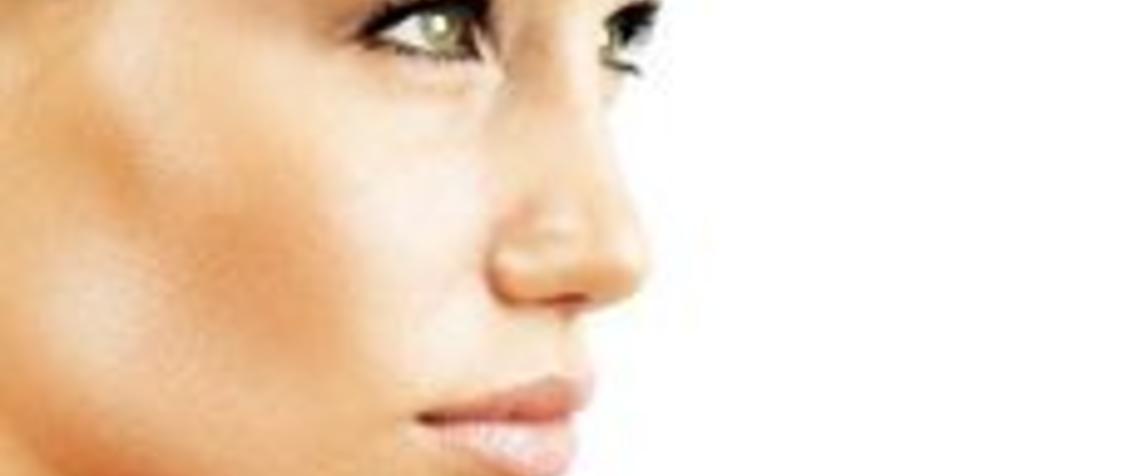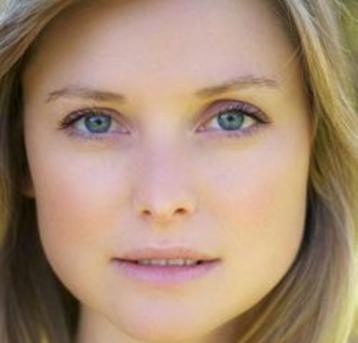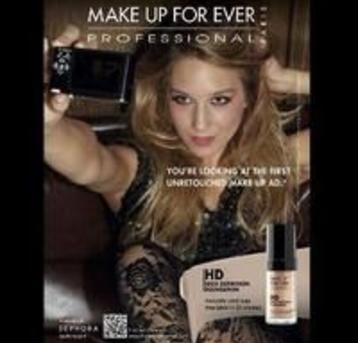The ad industry is no stranger to the airbrushing tool. Smoothing wrinkles, extending eyelashes, brightening eyes, giving life to hair; these are all tricks of the trade that can be found on many advertisements.
While one side argues that this causes women to feel bad about themselves, the other side of the coin questions whether we would really rush out to buy a product if the image in the magazine shows a girl with blemished skin, dry hair and unremarkable cheekbones?
Advertisers including Boots, P&G and L’Oréal have disputed claims the ad industry perpetuates low self-esteem by creating unattainable images of women in the media.
L’Oréal group director of communications Louise Terry told the All Party Parliamentary Group on Body Image in the UK, It’s fair to say that images are airbrushed but never to make people thinner. We try to be sincere and try to get the line right between aspirational and going too far. We spend a lot of time on what is appropriate and we have a good industry watchdog that names and shames us when we get it wrong.” People are discerning. If they use a product and it doesn’t work, they probably will not use it again, but we get consumers buying our products again and again so it does do something and it makes them happy,” Terry adds.
Boots marketing director Elizabeth Fagan agrees. We want all our comms to be engaging, inspirational and make people feel good. We don’t want it to be unattainable but want women to think ‘on a good day I could look like that’. Women don’t want to see unattractive or everyday people - they want to be aspirational,” she says.
I must admit, I tend to agree with Fagan. I want to look at a photo in a magazine and see a beautiful picture that is both aesthetically pleasing and gives me the briefest belief that maybe, just maybe, I could look as good as they do with the right type of foundation/mascara/blush.
Do you prefer images of everyday people or aspirational ones?



